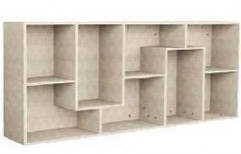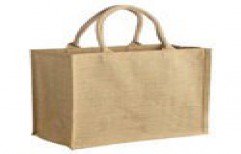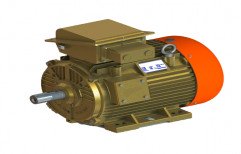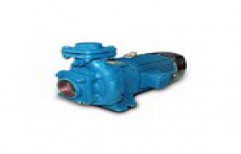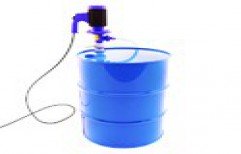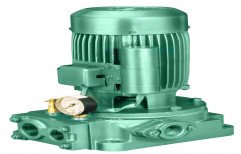- Submit an enquiry to a product.
- Wait for a call from nearest supplier from your area.
- Get quote and product details.
- Choose best from them.
Product Description
There are two basic types of resin – cation-exchange and anion-exchange resins. Cation exchange resins will release Hydrogen (H+) ions or other positively charged ions in exchange for impurity cations present in the water. Anion exchange resins will release hydroxyl (OH-) ions or other negatively charged ions in exchange for impurity anions present in the water.
Ion exchange process is widely accepted for water treatment and purification. There are three ways in which ion-exchange technology can be used in water treatment.
1] Cation-exchange resins alone can be employed to soften water by Base Exchange;
2] Anion-exchange resins alone can be used for organic scavenging or nitrate removal;
3] Combinations of cation and anion-exchange resins can be used to remove virtually all the ionic impurities present in the feedwater, a process known as demineralization. Water deionizers purification process results in water of exceptionally high quality.
DM PLANT
Demineralization or Deionisation is the process of removing mineral salts from water by using the ion exchange process. Impurities that remains dissolved in water dissociate to form positive and negative charged particles known as ions. An ion-exchange vessel holds ion-exchange resin of the required type through which water is allowed to pass. The selective ions in the water are exchanged with ions or radicals loosely held by the resin. In this way, the water is passed through several vessels or a mixed bed vessel so that both positive and negative ions are removed and water is dematerialized.
Shubham DM Plants are available in diameters from 0.225 Mts. to 4.0 Mts. with the flow ratesup to 250M3/Hr. and OBR up to 2200 M3@800 PPM TDS. These strong, pre-engineered, pre-assembled units minimizeinstallation and start-up costs. Our D.M. Plant is acclaimed in the market for cost efficiency and consistent functioning.
MIXED BED
Mixed-bed deionizers are normally used to ‘polish' the water to higher levels of purity after it has been initially treated by either a two-bed deionizer or a reverse osmosis unit.In mixed-bed deionizers the Strong Acid Cation and Strong Base Anion resins are closely mixed and contained in a single pressure vessel. The thorough mixture of resins in a single column makes a mixed-bed deionizer equivalent to anextended series of two-bed plants. As a result, the water quality obtained from a mixed-bed deionizer is appreciably higher than that produced by a two-bed plant.
We at Shubham, providesbroad range of custom-built Mixed Bed Units for high purity industrial process water & utility applications.Our exclusive design of Mixed Bed plant ensures the maximum utilization of the High bed depth, effective surface area, uniform space and linear velocity across the resin bed,which provides effective contact time between water and resin bed yield high purity water for sensitive process application i.e. WFI (water for Injection) High Pressure Boilers, EC circuits etc.
SOFTENER
Water is considered 'hard' when it has excessive levels of calcium and magnesium dissolved in it. Water softening plant is used for removal of totalhardness dissolved in Water. We, at Shubham offer Series of water softenersat a low cost, reliable and highly efficientway to soften your water.
Shubham water softeners are available in diameters from 0.225 Mts. to 4.0 Mts. with the flow ratesup to 250M3/Hr. and OBR up to 2200 M3@400 PPM hardness. Thesestrong, pre-engineered, pre-assembled units minimize installation and start-up costs. Our Water Softener Plant is acclaimed in the market for cost efficiency and consistent functioning



